#5 Give your thoughts on one or both of the following quotes.
“Photography records the gamut of feelings written on the human face, the beauty of the earth and skies that man has inherited, and the wealth and confusion man has created. It is a major force in explaining man to man.” ~Edward Steichen
“I just think it's important to be direct and honest with people about why you're photographing them and what you're doing. After all, you are taking some of their soul.” ~Mary Ellen Mark
Both of the quotes are accurate, in my opinion, in defining why photography is so important, special, breathtaking, and beautiful. Steichen explains how photography allows us to take the world and everything in it (whether beautiful or ugly) and package it up into one, visual representation of mother earth and human nature. I agree with Mark in saying that you must be careful when taking photographs because they can easily be distorted, misrepresented, and misinterpreted to making a viewer think they are the actual reality.
#6 In your opinion, when is it beneficial, ethical, or appropriate to digitally alter photographic portraits? When do you think it is inappropriate or ethically wrong?
I believe that pure, untouched photography is the most genuine and appealing photography, I also believe that digital alteration is appropriate in cases. When photography is a form of artwork (this is, not made to be posted on the cover of Pop Culture magazines), digital alteration can improve the picture in a way that is not humanly possible (or, if possible, extremely difficult to manufacture). However, making someone appear skinnier, prettier, younger in photographs is completely rejecting the beauty of human nature and what makes us US.
#7 Pay close attention to the types and number of photographic portraits you see in one day. Where did you see them? How do you think that the content of the portrait changes based on the context in which you see the image (news, facebook, magazine, advertisement, television, youtube, etc)? In other words, what is the difference between the portraits you see on facebook vs. those on the news? What is the difference between the “viewpoint” of the photographer in each situation? What is the difference between their “intents”?
I see hundreds and hundreds of portraits everyday, whether it be on a website, on facebook, in advertisements, in the newspaper, or in a textbook. News portraits are made to appear serious, or really capture the environment that the article is talking about. On facebook, the portraits are usually only flattering pictures (or else they are untagged/flagged!). Advertisements are made to be unnaturally flattering. Take for example, the loreal magazine ad's. The hair literally looks like a wig, which I'm not sure is a good thing or not! The viewpoint in news portraits verses facebook portraits is that news photography usually wants to show the readers that the photographer WAS there and EXPERIENCED that situation alongside the one being photographed. On the other hand, facebook photography or advertisements attempts to remove the photographer in order to beautify the "model."
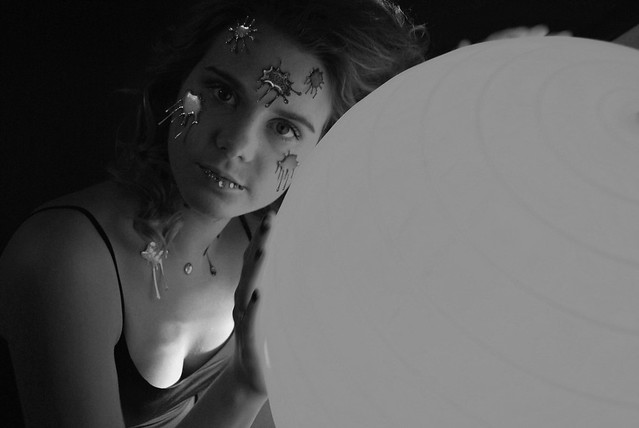
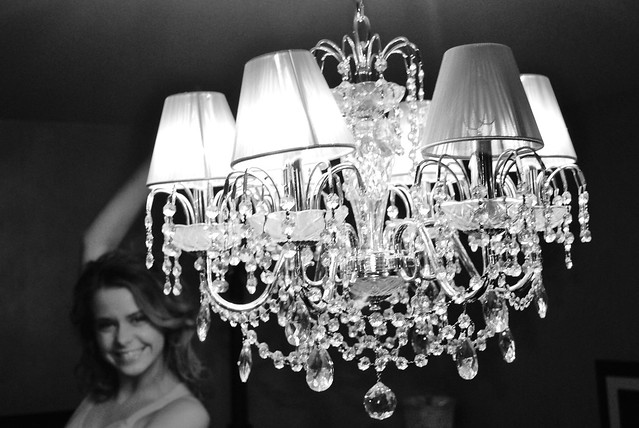
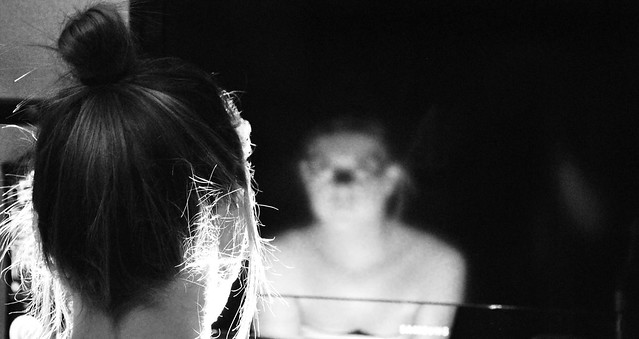
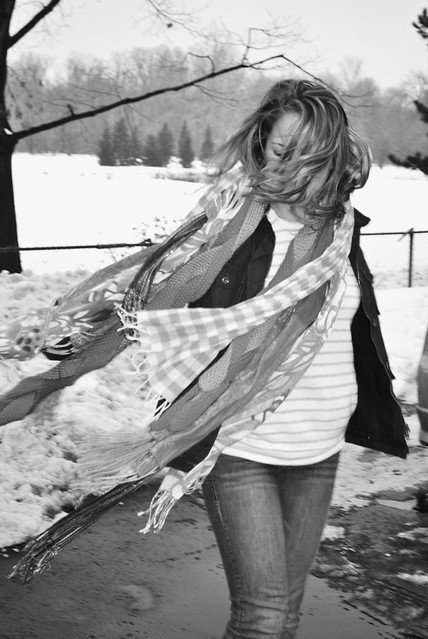
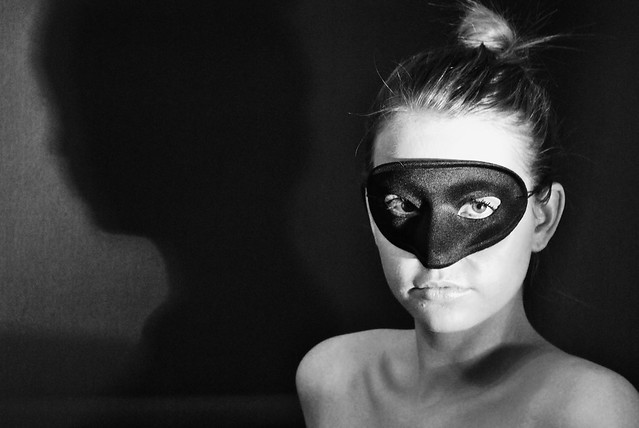
 Alfred Stieglitz, Icy Night, 1893
Alfred Stieglitz, Icy Night, 1893
